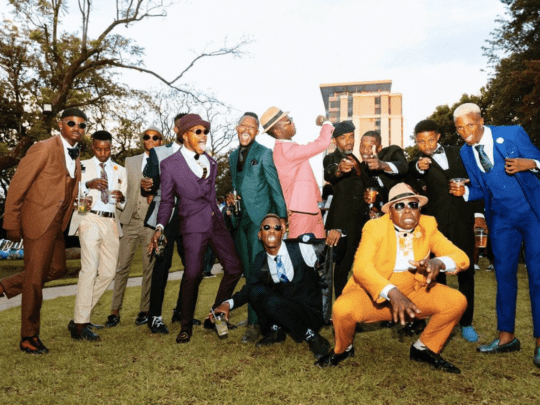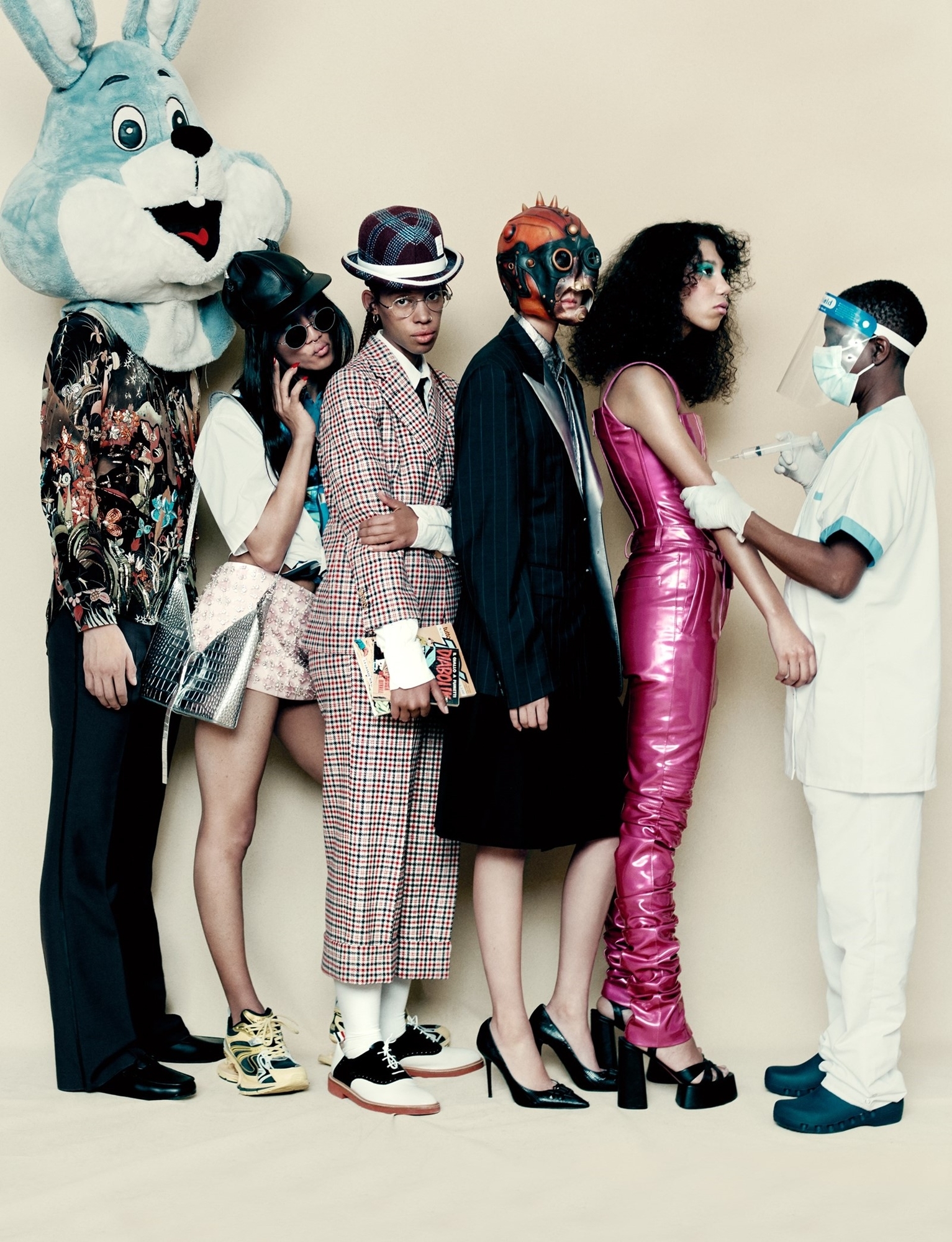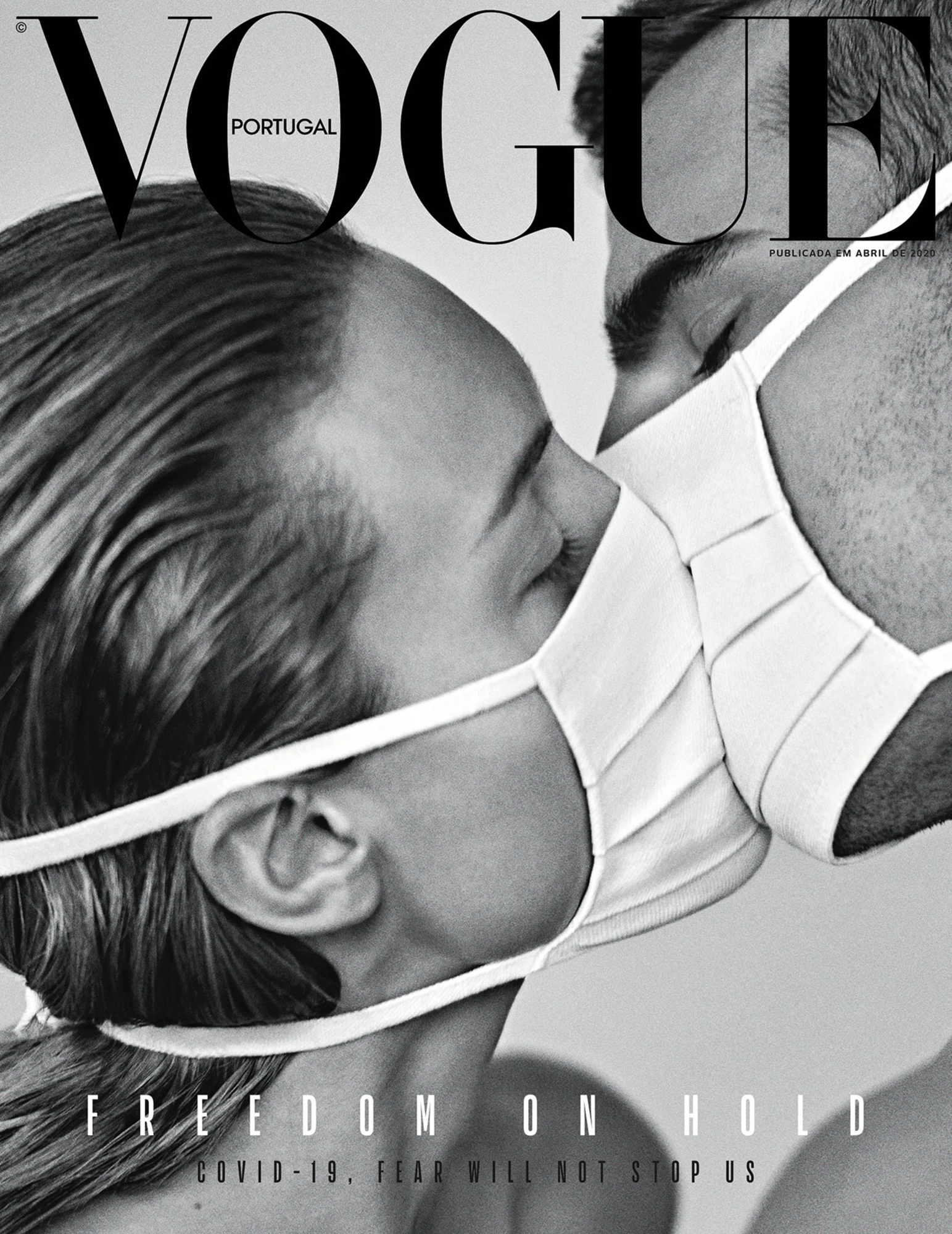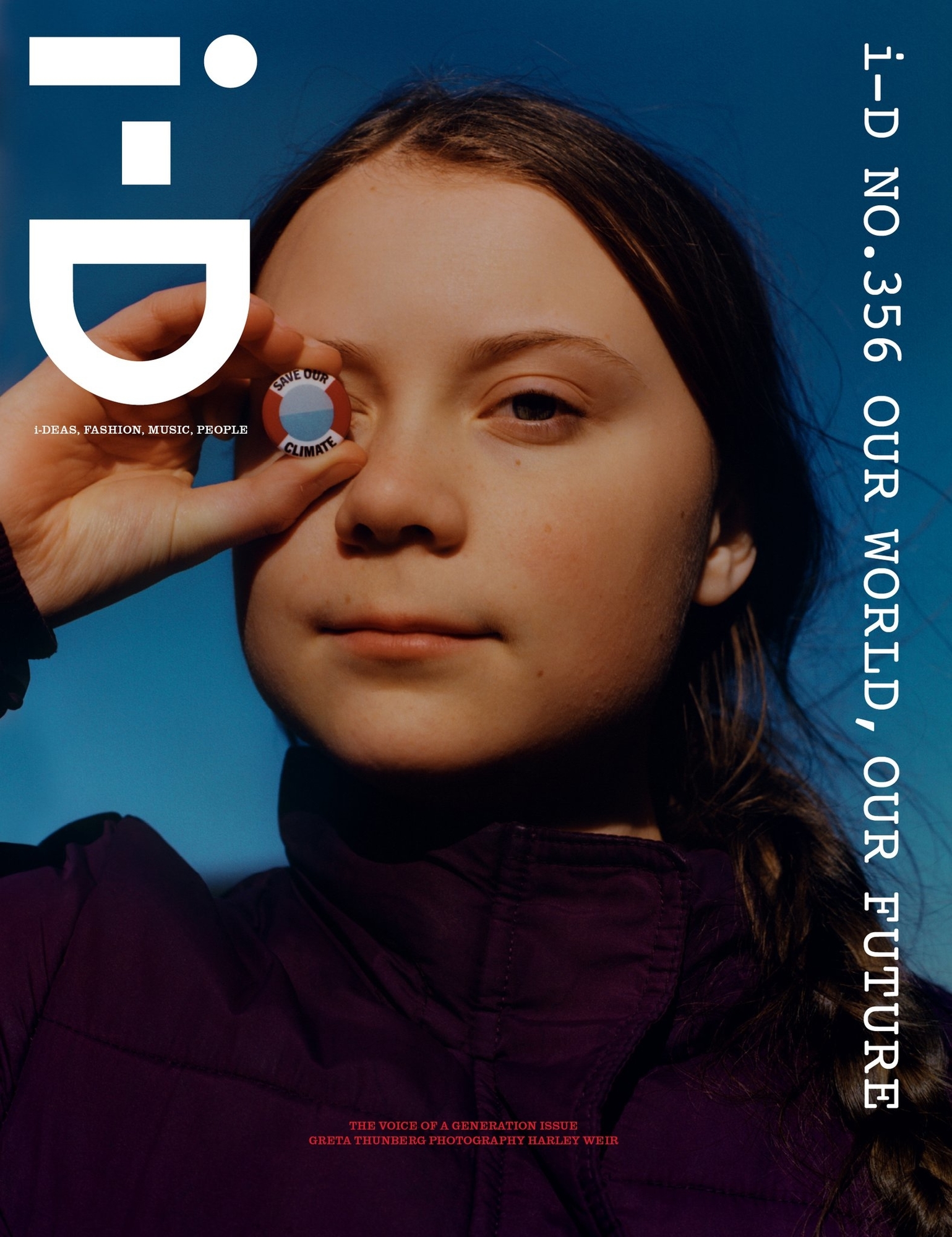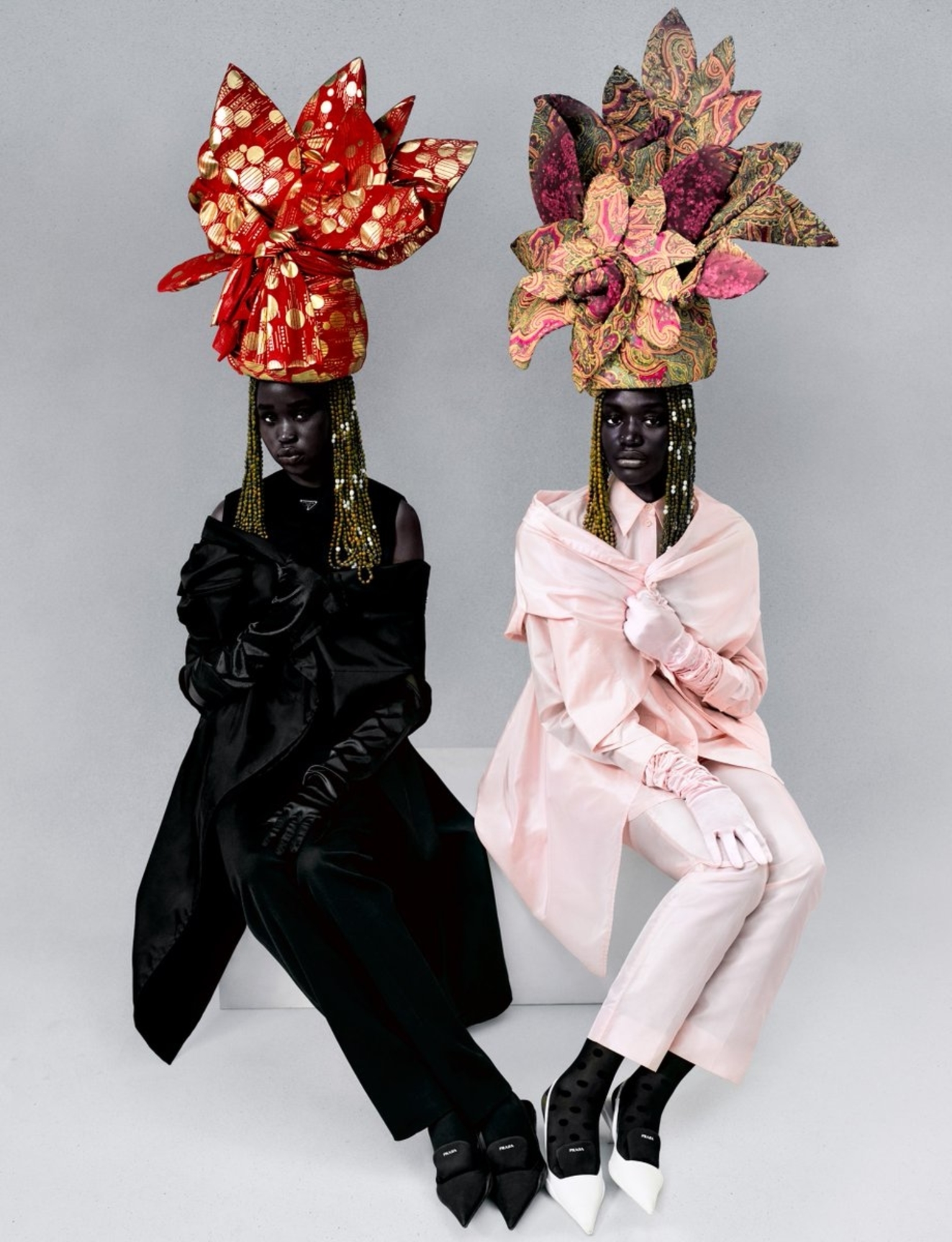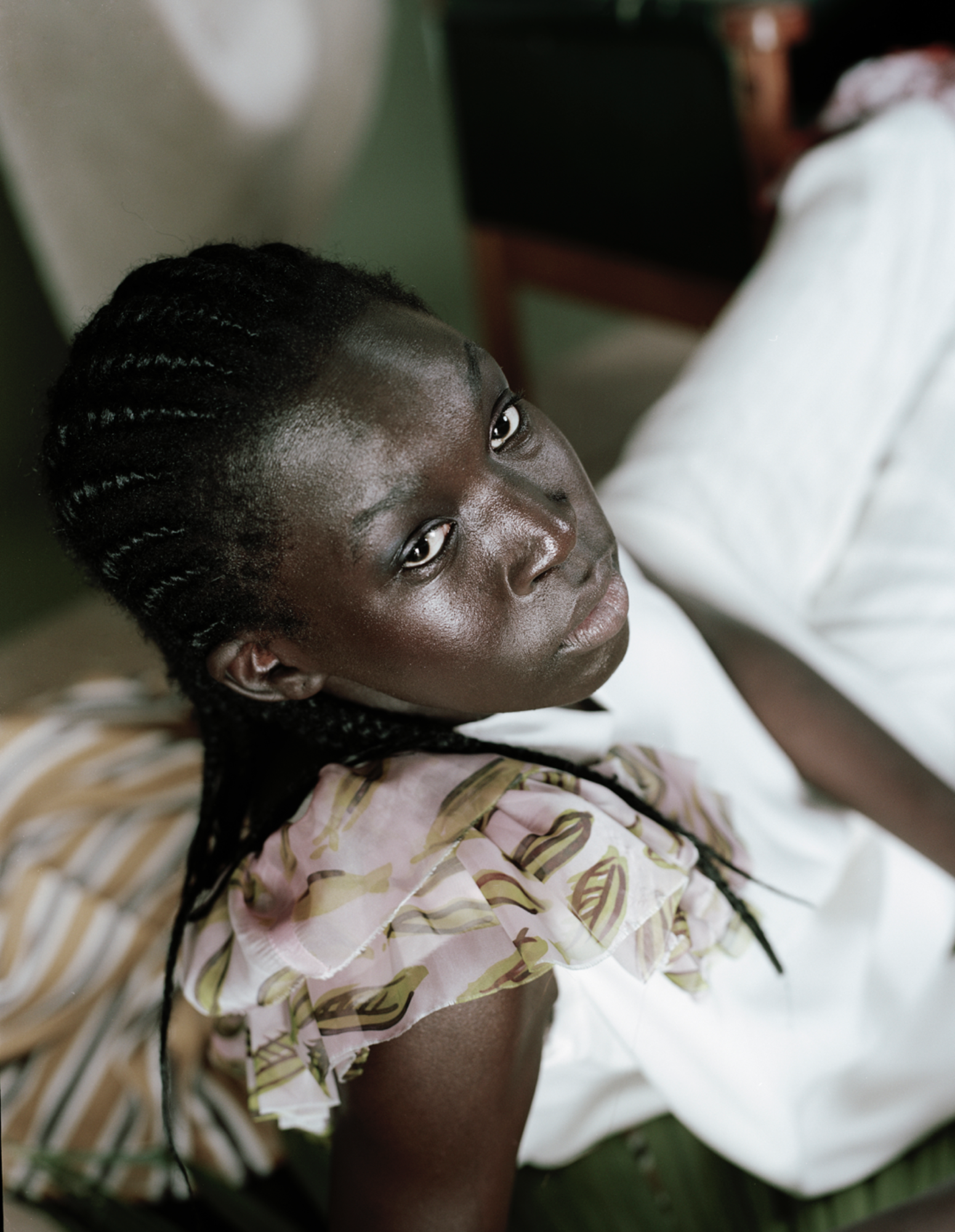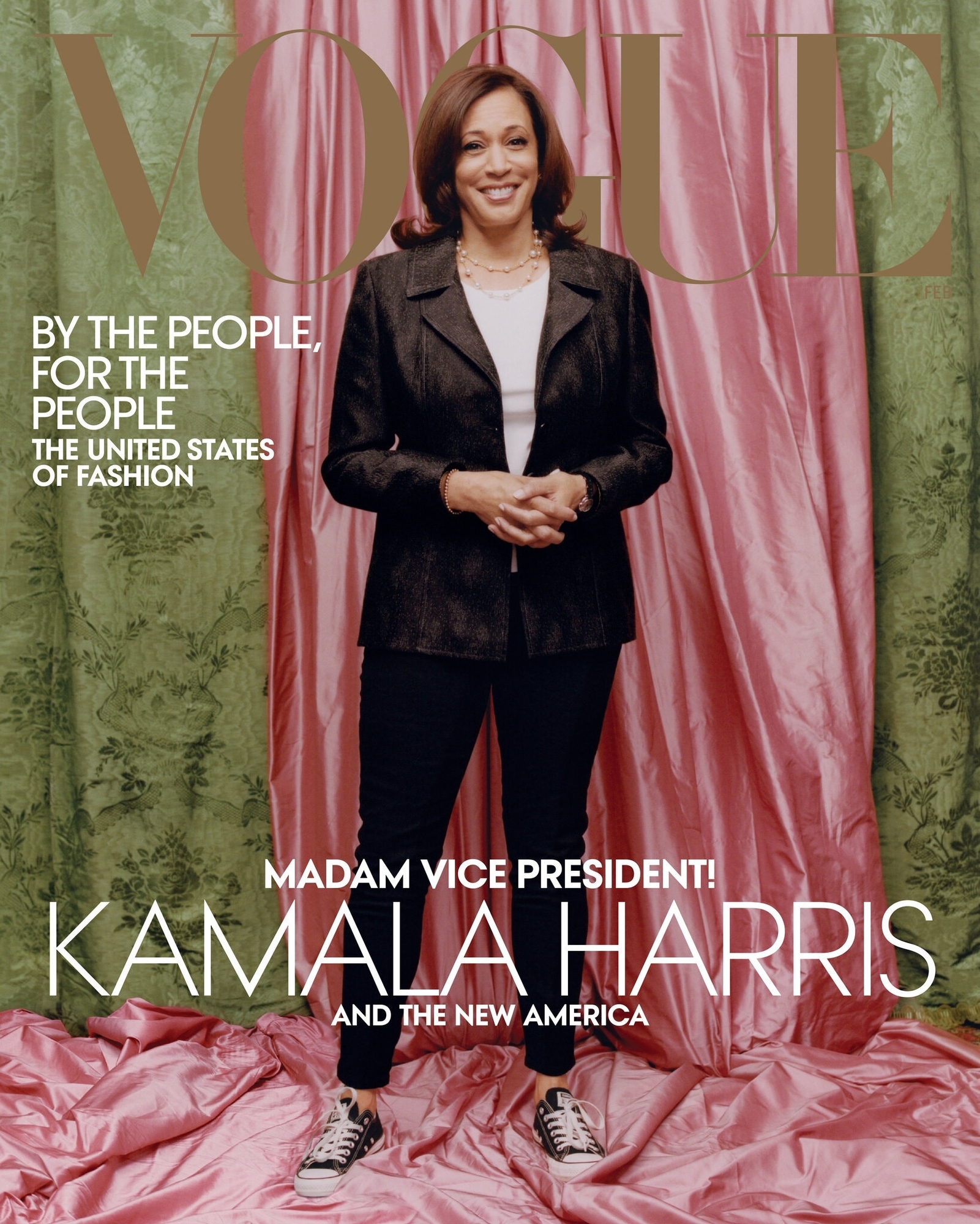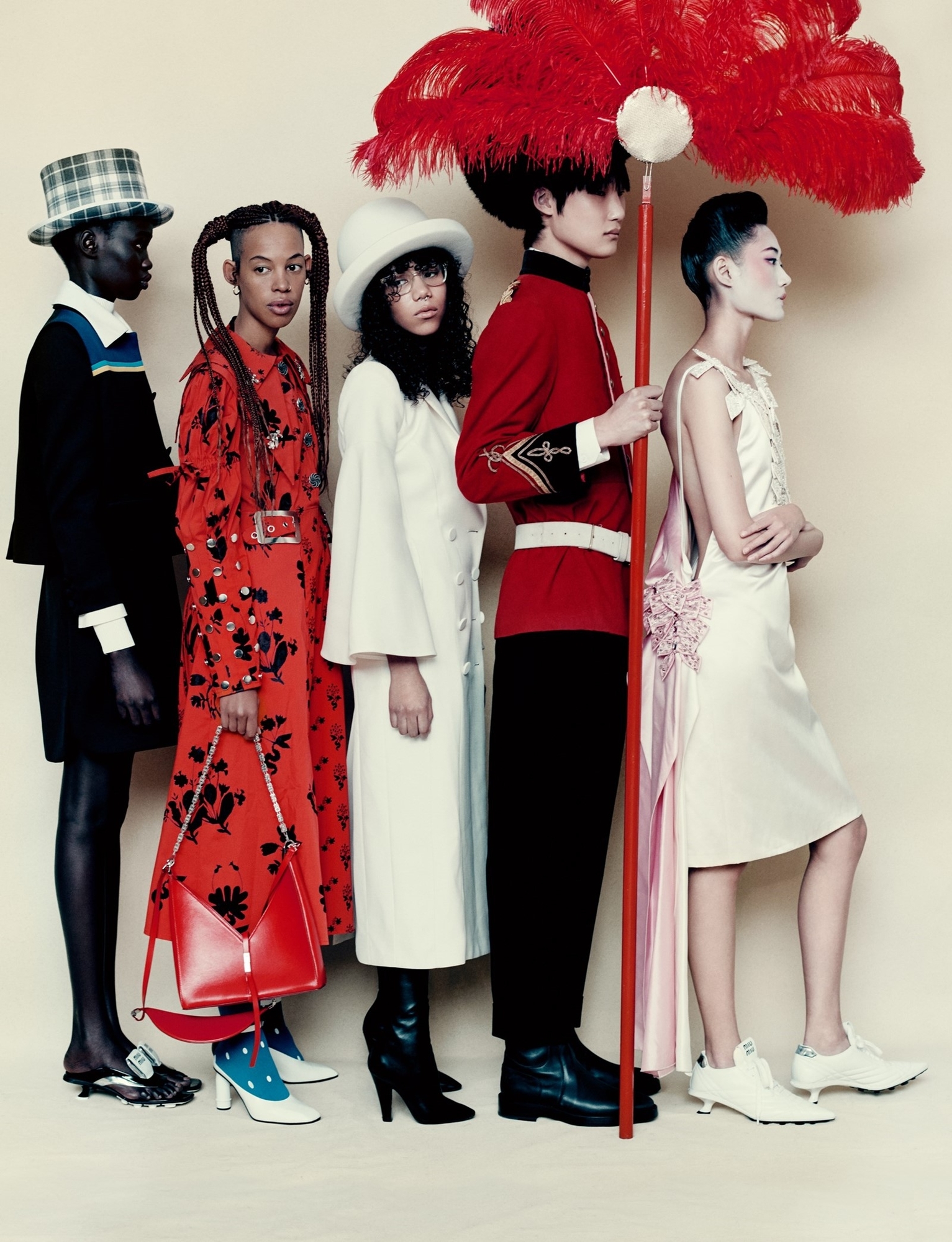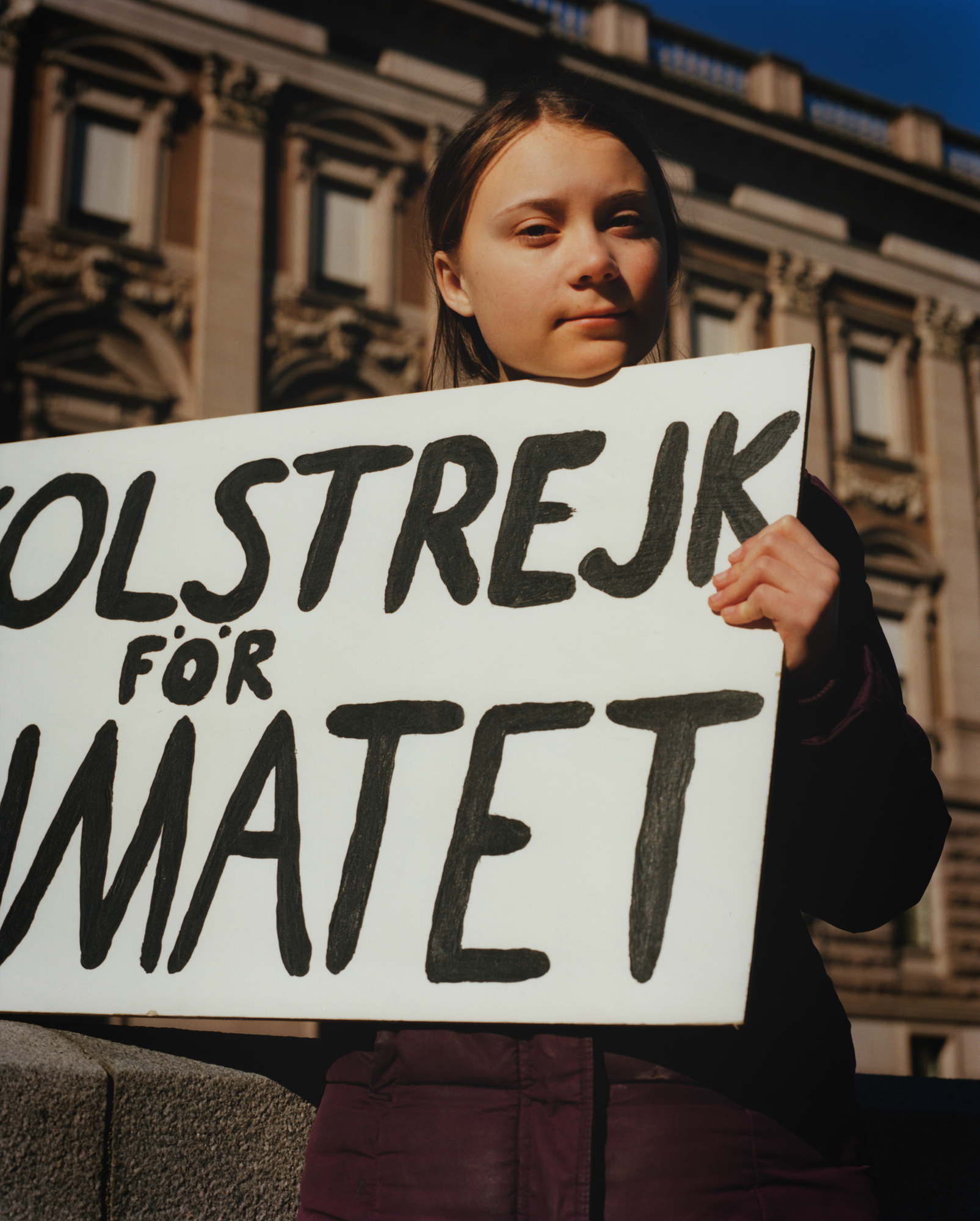These days, it’s less about what you look like and more about what you do. The global warming emergency and the urgency of the Black Lives Matter movement have inspired fashion magazine covers worldwide, while a flurry of covers since early 2020 have responded to the Covid-19 pandemic.
The trend gathered force back in April 2020 during the first wave of Covid-19, reflected in Vogue Portugal’s cover of two people kissing through their masks. That same month, an intensive care doctor posed for the front page of Grazia UK, and a lung specialist for Vanity Fair Italia. A few months later, British Vogue’s July multiple cover stars included midwife Rachel Millar, train driver Narguis Horsford and supermarket assistant Anisa Omar.

